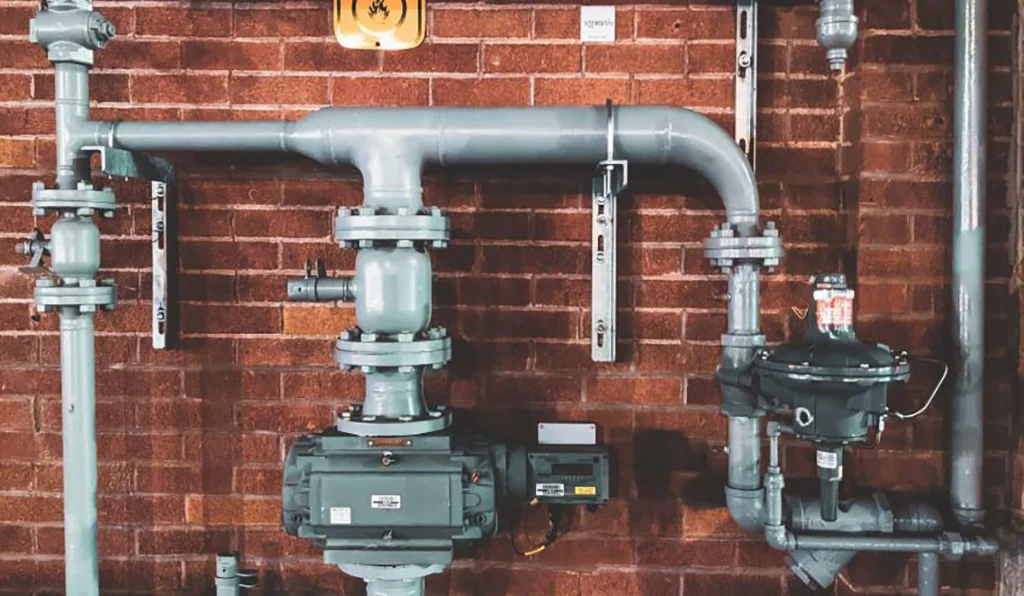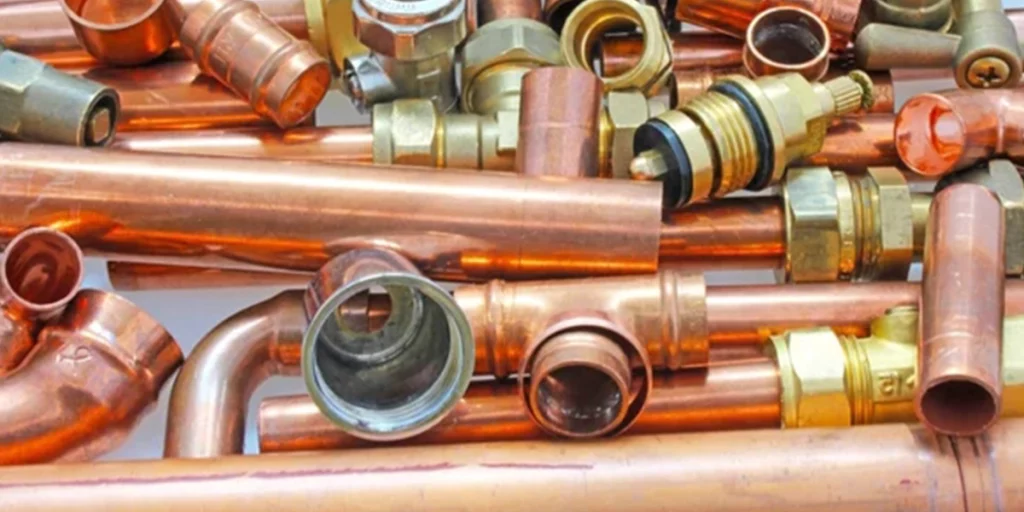Plumbing plays a crucial role in ensuring public health and sanitation, particularly in a developed country like Canada, where the standards for water quality and waste management are high. Efficient and reliable plumbing systems are fundamental to preventing disease and promoting hygiene, directly impacting the health and well-being of the population. In this article, we’ll explore how plumbing contributes to public health and sanitation in Canada, the regulations that guide the industry, and the challenges faced.
Contents
Plumbing and Public Health in Canada
In Canada, the relationship between plumbing and public health is well established. The country’s plumbing systems are designed to ensure that all residents have access to clean water and proper sanitation. This is vital for preventing the spread of diseases, many of which are waterborne. The plumbing industry in Canada adheres to strict codes and regulations to maintain high standards of public health.
Regulatory Framework Governing Plumbing
Canada’s plumbing standards are among the most stringent in the world. These standards are designed to ensure that plumbing systems are safe, efficient, and environmentally responsible. The National Plumbing Code of Canada (NPCC) provides a framework for the installation and maintenance of plumbing systems, ensuring they are built and operated to prevent health hazards and promote sanitation.

Water Quality and Sanitation Measures
The quality of drinking water in Canada is protected by federal, provincial, and municipal regulations. Canadian municipalities treat and test water according to strict guidelines before it reaches households. Furthermore, sanitation measures in plumbing systems are designed to efficiently remove waste and prevent contamination of water sources. This includes advanced wastewater treatment processes that are essential for protecting the environment and public health.
Challenges in Plumbing and Sanitation
Despite high standards, there are challenges in plumbing and sanitation in Canada. These include:
- Ageing Infrastructure: Many Canadian cities have old water and sewer lines that need upgrading or replacement to meet current health and safety standards.
- Remote and Indigenous Communities: Some remote and Indigenous communities in Canada face significant challenges in accessing clean water and sanitation, primarily due to geographical and infrastructural limitations.
- Climate Change: Extreme weather conditions, such as heavy rainfall and flooding, pose risks to plumbing systems, potentially leading to water contamination and health risks.
Innovations in Plumbing for Better Sanitation
Canada is also a leader in adopting innovative technologies to improve plumbing and sanitation. These include:

- Water Conservation Technologies: Devices like low-flow toilets and showerheads are widely used to reduce water usage.
- Smart Water Systems: Technologies that monitor water quality and usage in real-time, helping to quickly identify and fix leaks and other issues.
- Green Infrastructure: Techniques such as rain gardens and green roofs that help manage stormwater and reduce the burden on sewage systems.
Conclusion
The role of plumbing in public health and sanitation in Canada is a testament to the country’s commitment to maintaining high living standards. Through stringent regulations, continuous innovation, and addressing the challenges faced by vulnerable communities, Canada continues to set an example for managing public health and sanitation effectively through advanced plumbing systems. As challenges like climate change and ageing infrastructure evolve, so too must the strategies and technologies at the heart of this critical industry.
FAQs
The National Plumbing Code of Canada (NPCC) is a set of guidelines and regulations that govern the design, installation, maintenance, and renovation of plumbing systems in Canadian buildings. It ensures that plumbing practices uphold public health standards, provide adequate sanitation, and protect the environment.
Plumbing significantly impacts public health by providing clean water for drinking, cooking, and cleaning, while also efficiently removing waste and preventing the potential spread of diseases. Proper plumbing systems help prevent waterborne illnesses and contribute to the overall health and well-being of the population.
Remote and Indigenous communities in Canada often face challenges such as limited access to reliable water and sanitation services. These challenges are due to factors like geographical isolation, inadequate infrastructure, and the high costs of building and maintaining plumbing systems in remote areas.
Canada addresses the challenges of aing plumbing infrastructure through various federal and provincial funding programs that support infrastructure development and renewal. These programs aim to upgrade water and wastewater facilities to meet current health and safety standards and to ensure sustainable water management practices.
Canada is adopting innovative technologies such as smart water metres that monitor water usage and detect leaks, low-flow fixtures that reduce water consumption, and advanced wastewater treatment processes that improve the quality of discharged water. Additionally, green infrastructure practices are increasingly used to manage stormwater and reduce the load on conventional sewer systems.








